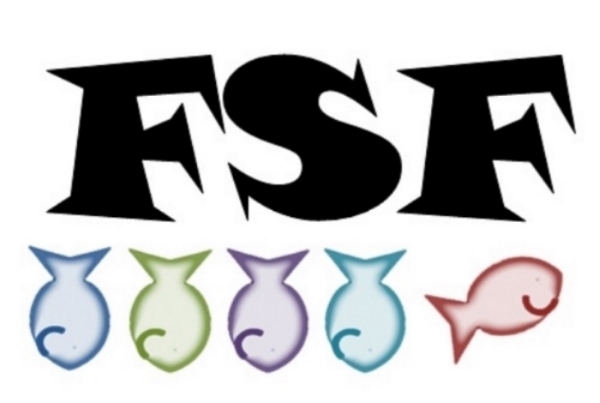Oh, Alex Winter. Why are you here? Then again, thank you for being here. It makes this film more interesting.
This is actually the third time I’ve seen this movie and it was all pretty much new to me. That’s how memorable it is. First, this Mary Shelley story is based on a novel by Anne Edwards written in 1972, not a historical source. Our key players this time are Alice Krige as Mary, Philip Anglim as Byron, Laura Dern as Claire, Eric Stoltz (yes, 80s teen actor Eric Stoltz who shows off all of his, cough, talents) as Shelley, and Bill S. Preston Esquire as Dr. Polidori. The producers are the infamous Golan and Globus under their company Cannon. If you know not of this duo ridiculous films - LOOK THEM UP! Do it now! Especially some of their 80s magic. I’ll wait.
Yep. The American Ninja films, Superman VI, and the Masters of the Universe films - all their fault! I should be ashamed of how much this company shaped my childhood, but I have no shame. The 80s were a weird time, man.
Haunted Summer pretty much starts by establishing that Mary and Claire are both sleeping with Shelley and are both aware/fine with it. Sisterly sharing, I guess? The poetic lifestyle they are embracing not only includes free love, but drugs, hallucinations, and cruelty disguised as friendship. Toxic relationships alert!
They meet with Byron through Claire’s obsession and love affair, starting with a luncheon before moving onto the villa where most of the film takes place. Just like in Gothic (see other blog), Byron is figure within and yet outside of the group. Their leader who everyone except Mary is in love with. Mary is fascinated by him like a character study, but not obsessed with him like the others. They fight over his attention and grovel at his feet when he’s cruel. I do like how the Dr. Who episode made him more of this figure within his own pompous mind instead of it being his actual role. Mary’s son William is not a part of this story, but Byron’s relationship with the group is changed by the announcement of Claire’s pregnancy. He forces Claire to give up the baby to him, but end their relationship.
Politics and philosophy are also brought into this version, referencing both of Mary’s parents and how their “radical” views shaped her and put her on the path to “revolution”. Interestingly, Byron shows off Henry Fuseli’s Nightmare painting to the group (the same one used as a visual source in Gothic), but there’s no mention of the fact that Mary’s mother knew Fuseli personally.
Now the writing parts. Mary is making her first attempts at prose while on this trip and she complains of how “muddled” her words are. Shelley keeps promising her that her ability will grow with practice. Studying Byron and how he mistreats both Claire and Polidori starts to give Mary nightmares of a large, deformed man in a coachman’s coat stalking the house.
SPOILER ALERT:
There’s no night of storytelling where she comes up with Frankenstein. Mary decides that Byron will experience her terror firsthand. She and Polidori drug the lord and the doctor wears a monster mask. He chases Byron through an underground cave and the next morning when Mary reveals the trick, Byron tells her that all monsters have some sadness. Oh and then they sleep together because that’s what this movie is. For once, Shelley is the only one who doesn’t sleep with Byron!
This is a blog about writing, however, other than Mary being inspired to create a human monster from watching Byron (and out of place scenes of her scribbling while Shelley sleeps naked - too much Eric Stoltz!) there isn’t much about how that night in 1816 inspired her creative process. This was more about creative people goofing off and calling it art.



